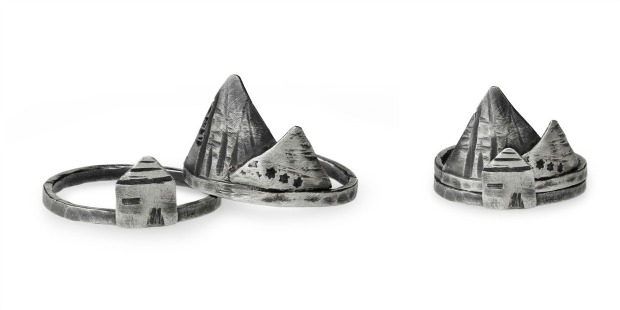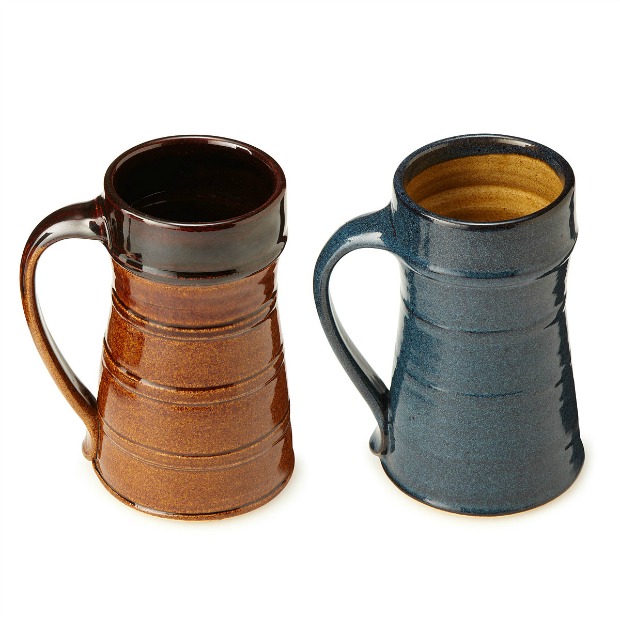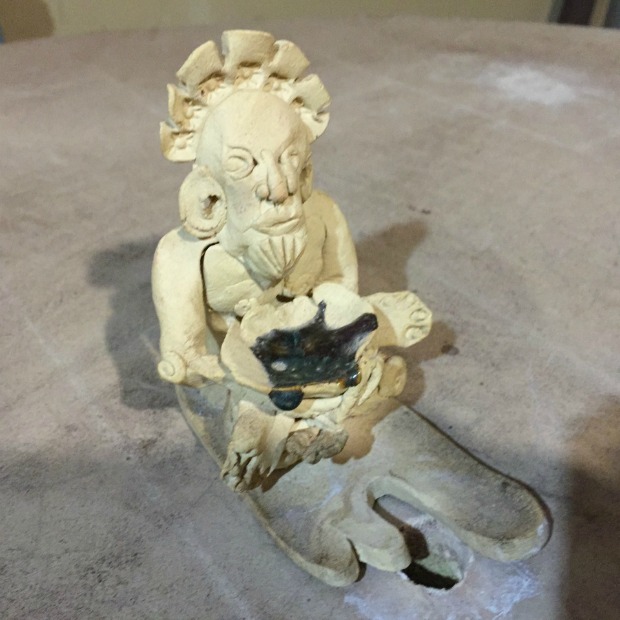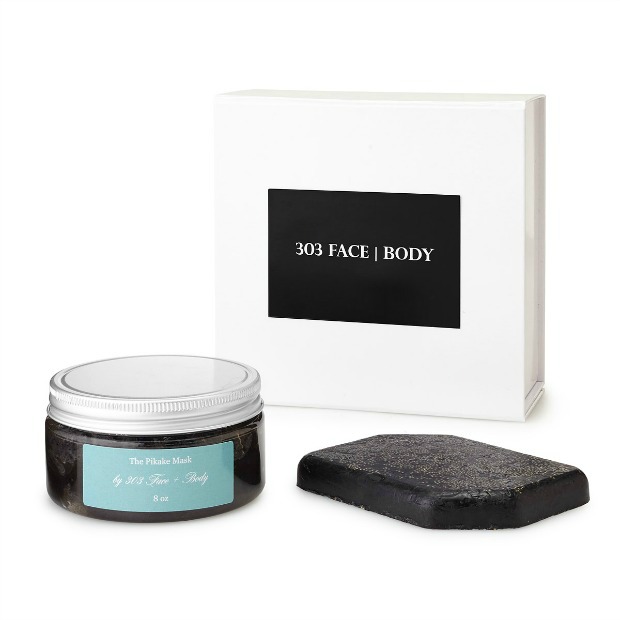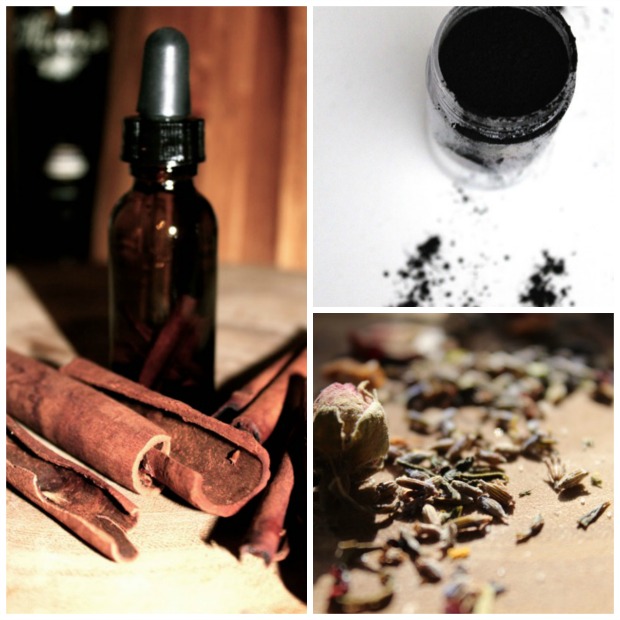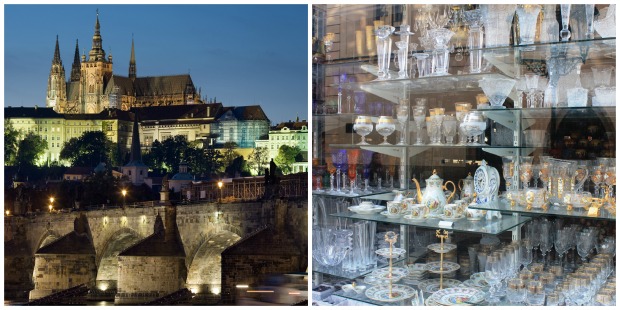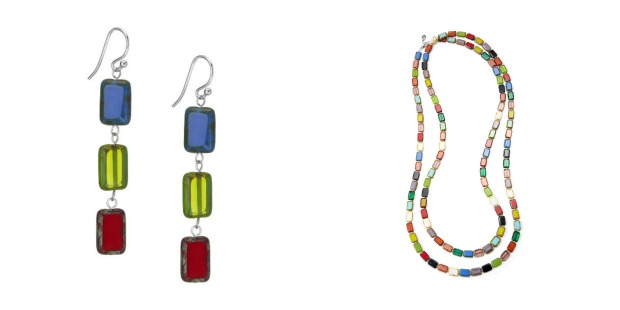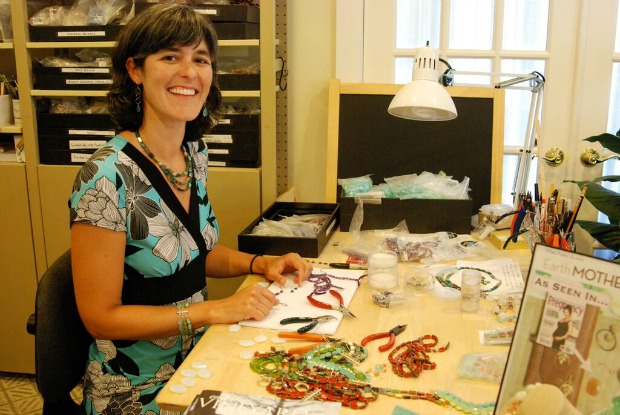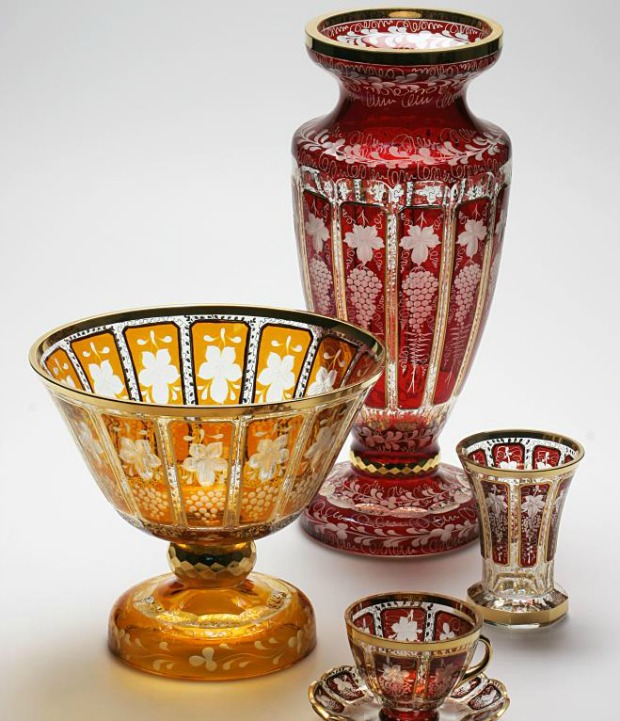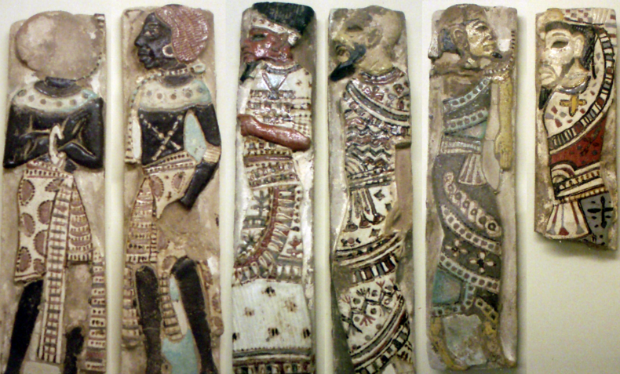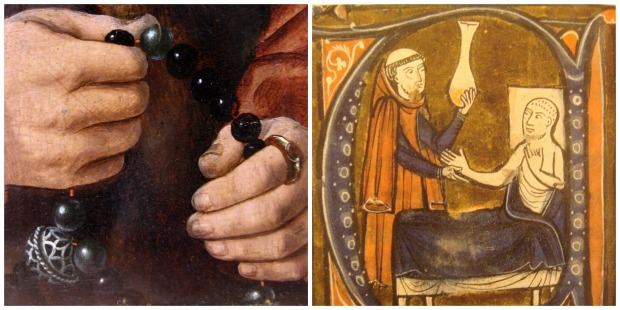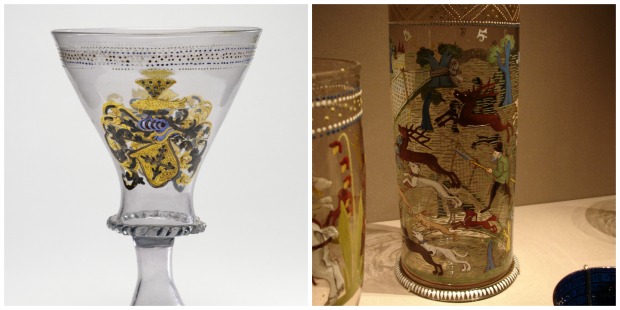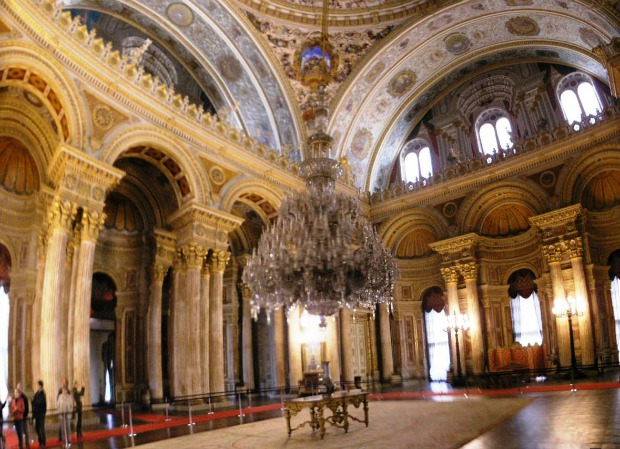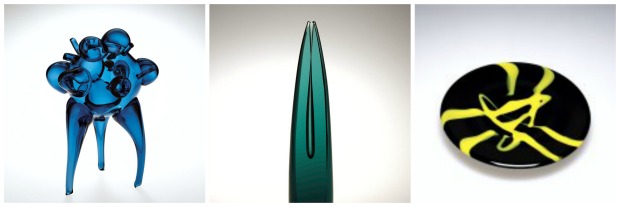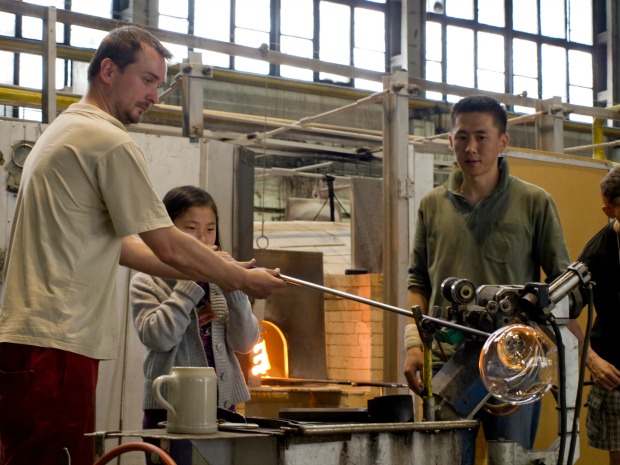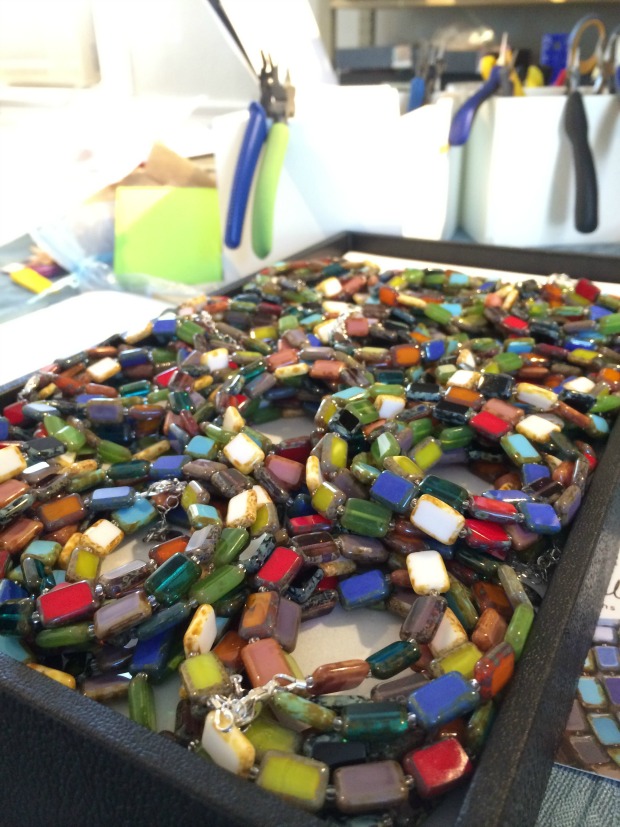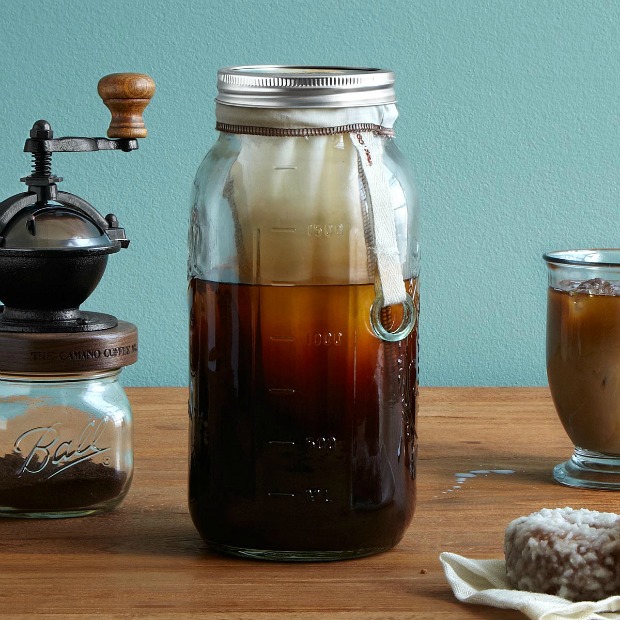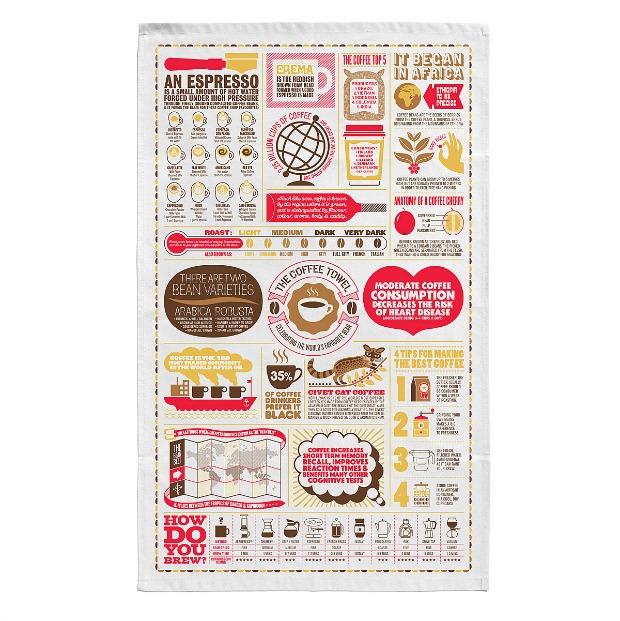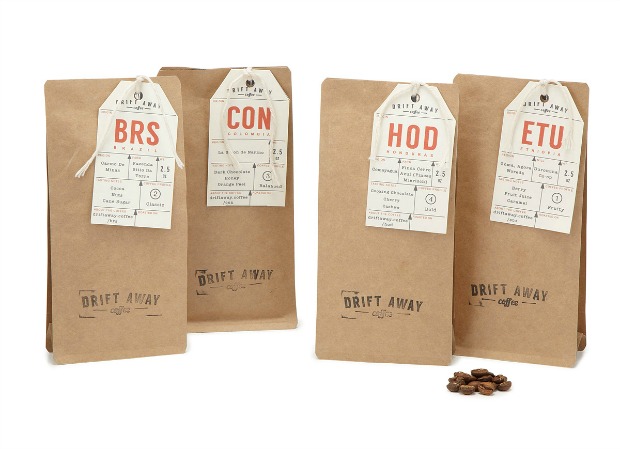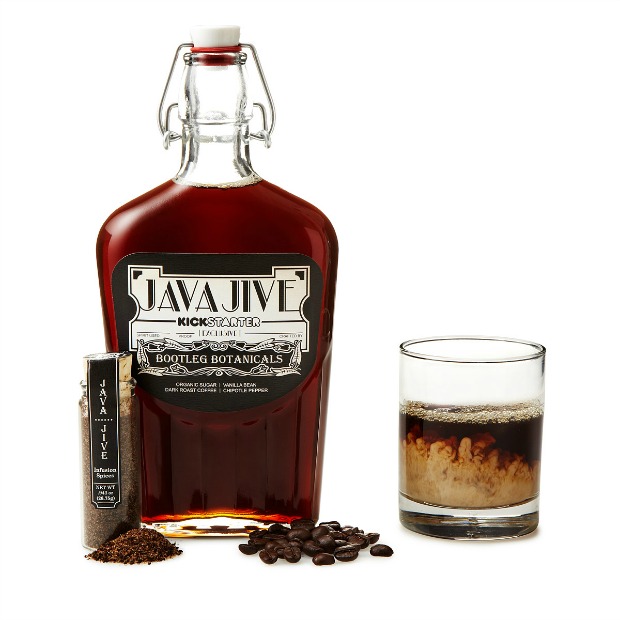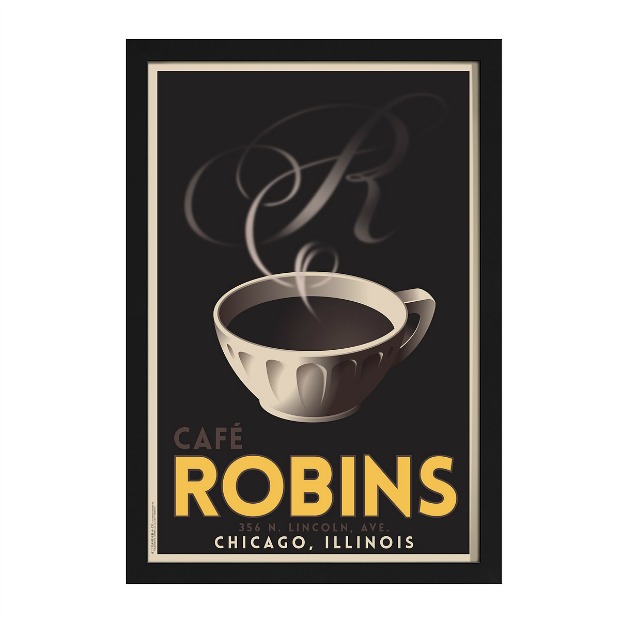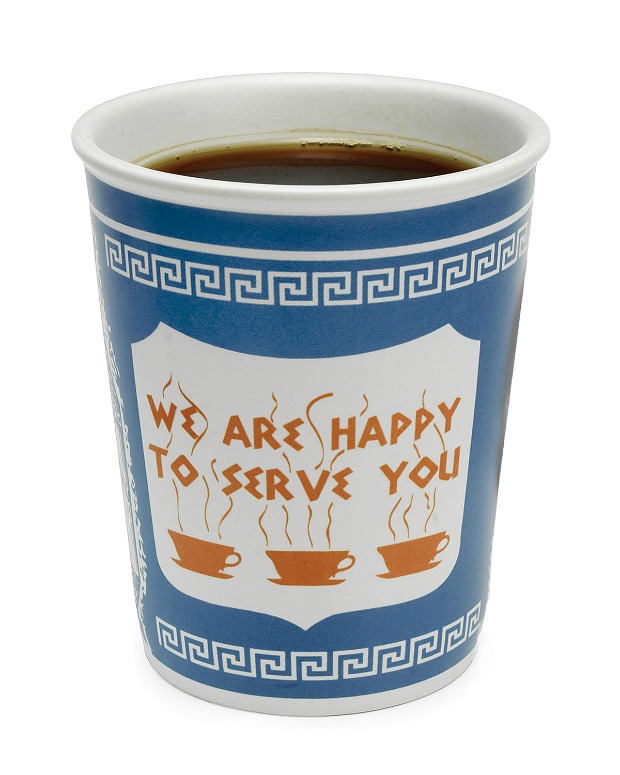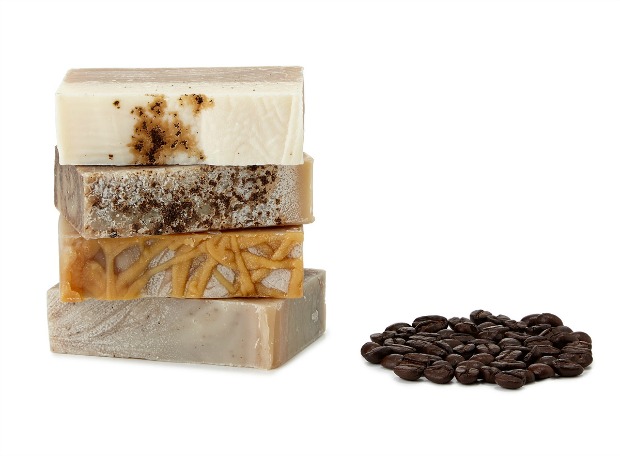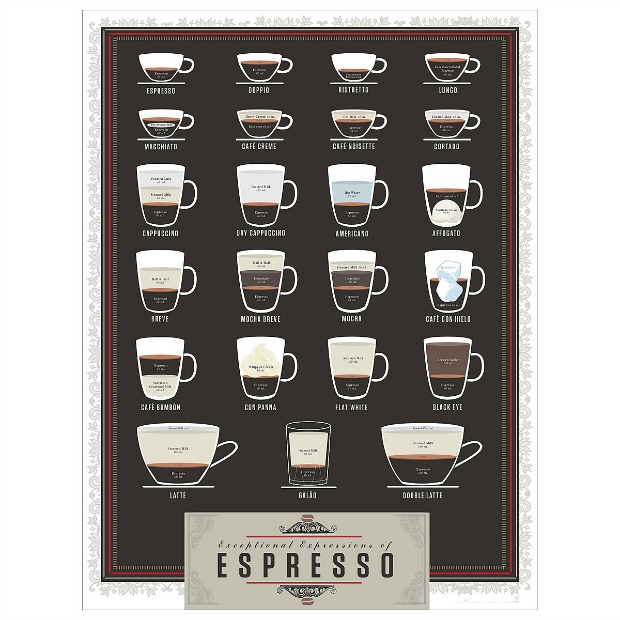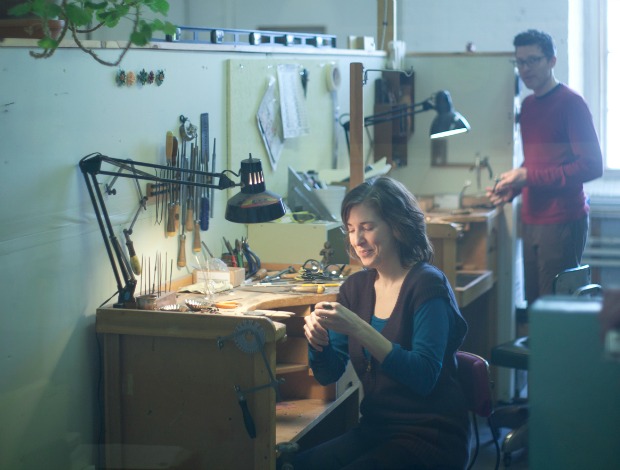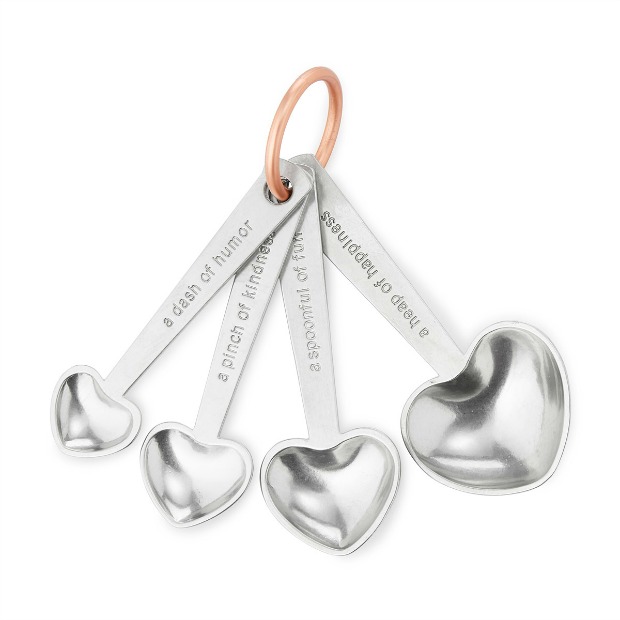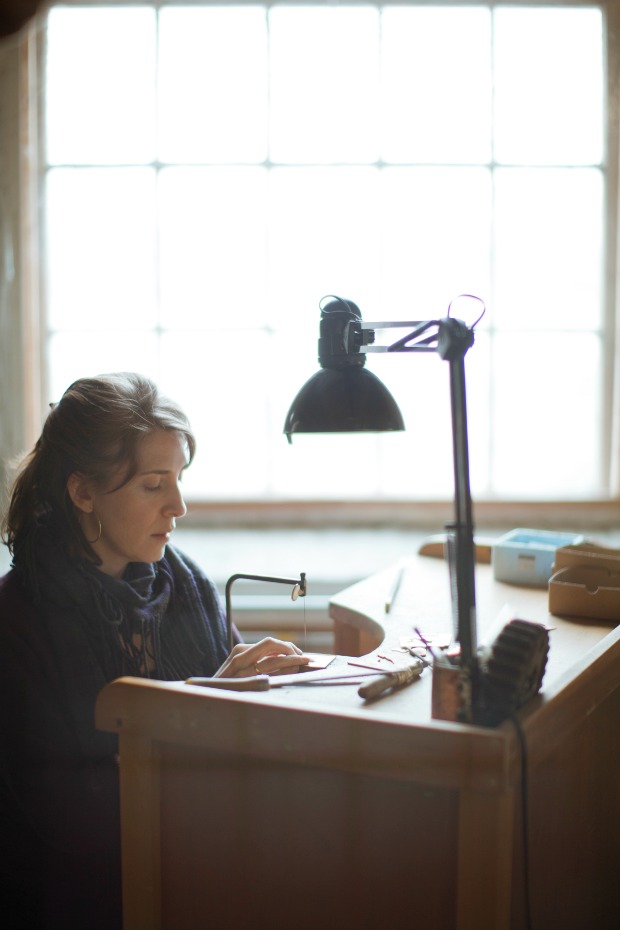As a summer intern, I’m still becoming acquainted with UncommonGoods’ vast menagerie of jewelry, but I have to admit that Lindsay Locatelli’s winning entry in our Jewelry Design Challenge is especially cool. Her Tiny Village Stacking Rings depict a home-y village nestled beneath a series of mountains, all in robust sterling silver. The design is especially unique due to its kinetic aspect; unfixed, the rings can constantly shift and reorient themselves on one’s finger, “similar to driving through the mountains.”
Lindsay drew inspiration for her piece by a time in her life when she drifted throughout the American Southwest, exploring its extraordinary natural features and adapting to life in three different cities. Though “home” originally meant Minnesota, her newfound connection to the Southwest led her to question whether “home” was concrete – or, like the rings, constantly shifting.
Her piece compellingly evokes the perhaps dissonant feeling many of us face at some point in our life when “home” evolves in meaning, or takes on a new shape. But her design also indicates the consistency our home offers, even if the place we associate with it is dynamic.
Read on for more about Lindsay’s evolving art practice, her work space and process, and her advice for aspiring artists.
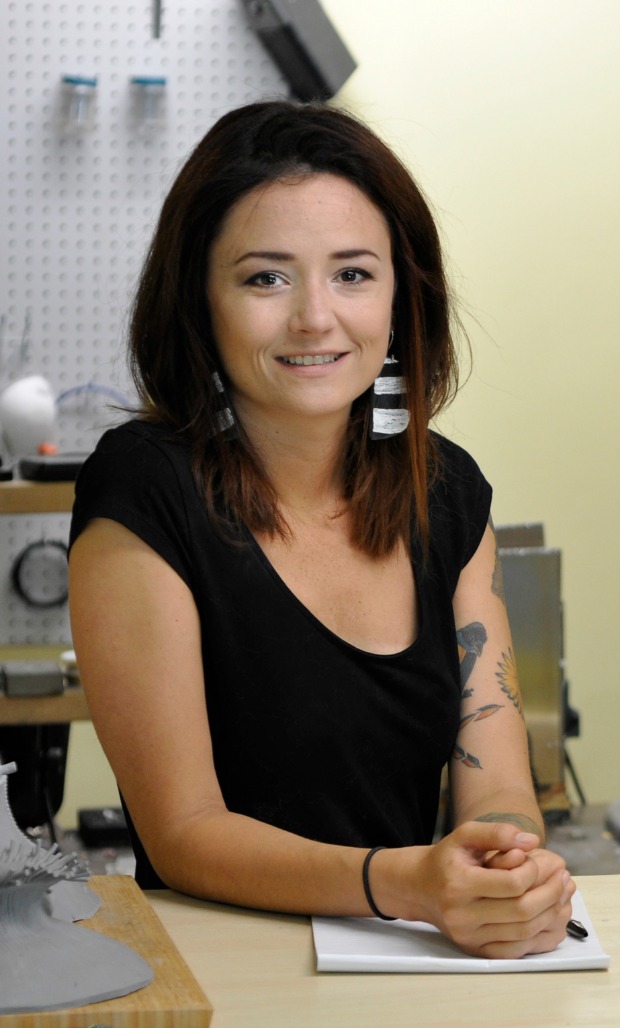
What inspired the concept of your winning piece?
I went through a nomadic phase straight out of college and spent a good deal of time exploring the southwest. I fell in love with the region and felt like it was my true home – a very specific connectedness that I never had before. I grew up and currently live in Minnesota but this experience made me question the concept of what “home” could mean from one individual to another.
How did you celebrate when you found out that you won our design challenge?
I made a nice studio upgrade and bought myself a Little Smith Oxy/Acetelyne torch and it’s completely changed how I work and made my practice much more efficient.
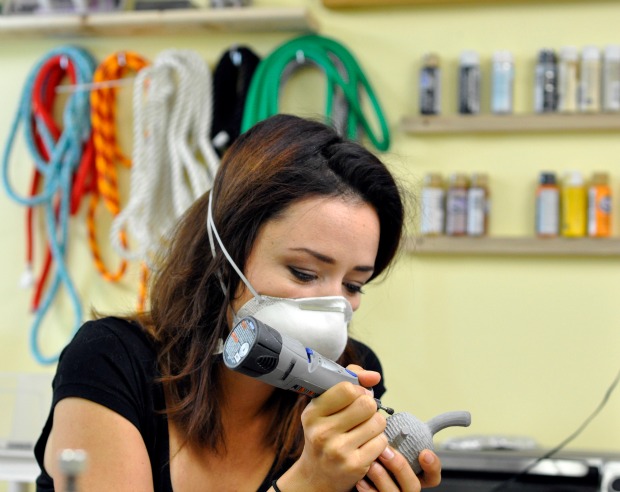
When did you first realize that you wanted to be an artist?
I guess I’ve always considered myself as a creative soul ever since I can remember. I’ve gone from illustration and painting to sculpture, furniture design and on to jewelry… I was raised in a very creative environment surrounded by many artists and an amazing support system.
Can you tell us 3 fun, random facts about yourself?
I’m a quarter Japanese, I’m a Gemini, and my best friends are two Shetland sheepdogs.
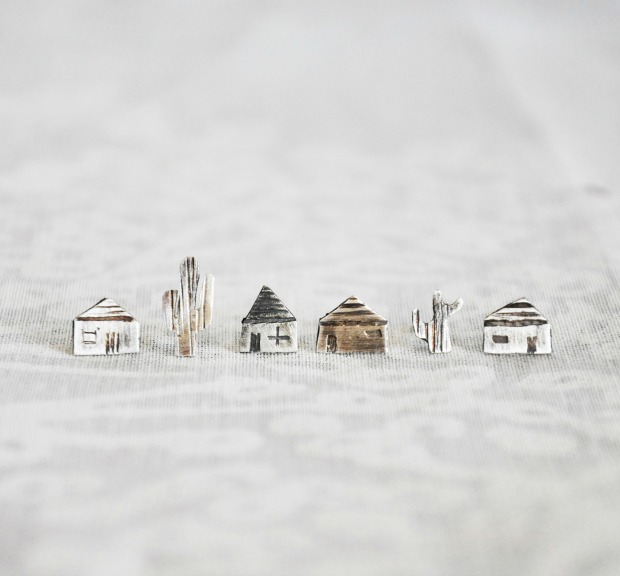
What’s your artistic process? In other words, what happens from right before you’re inspired to make something new to when you have a finished product in front of you?
Well to be completely honest, I wear many hats and work many jobs so when I’m able to jump into the studio, it’s quite an intuitive and organic process. I lay all of my bits and bobs out on the table and piece them together until something feels good. When it came to the Village Stacking Rings, I began stamping out tiny little houses as well as little mountainscapes. I wanted to create a set of rings that had a kinetic aspect so that when they are being worn, the perspective is constantly shifting – similar to driving through the mountains.
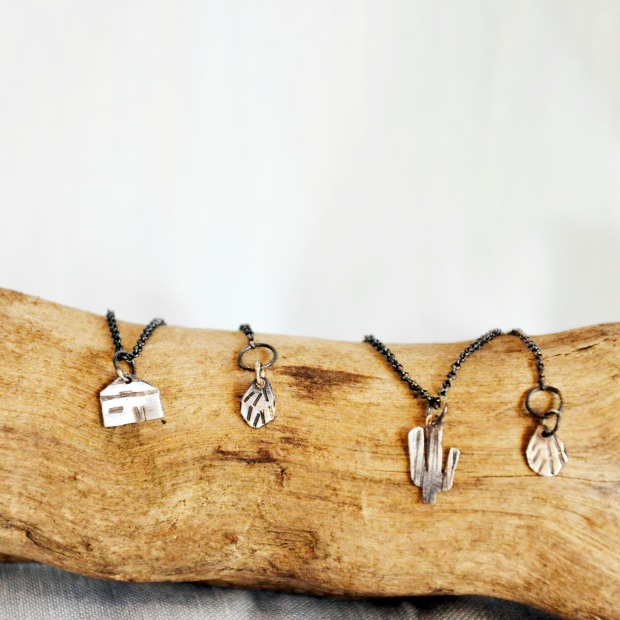
Describe your work space. Is there anything there that’s particularly inspiring to you?
I think it would be safe to say that most artists have very intriguing spaces only unique to them. Mine is fairly clean right now but because I’ve worked in so many mediums over the years, I’ve got everything from tiny little motors, electrical wires, and power tools to gemstones, silver, brass, clay, paper, textiles, and more. I also have an inspiration wall where I keep and collect strange treasures like bones, dried plant bits, old tin cans, vintage cameras, etc.
What’s your best advice for aspiring artists?
Visualize what you see for yourself, enjoy the ride because there’s a silver lining to everything and on each day, complete at least one thing off your to-do list. It’s easy to get swept up in life’s daily distractions but sticking to your list helps to keep you on track and focused.
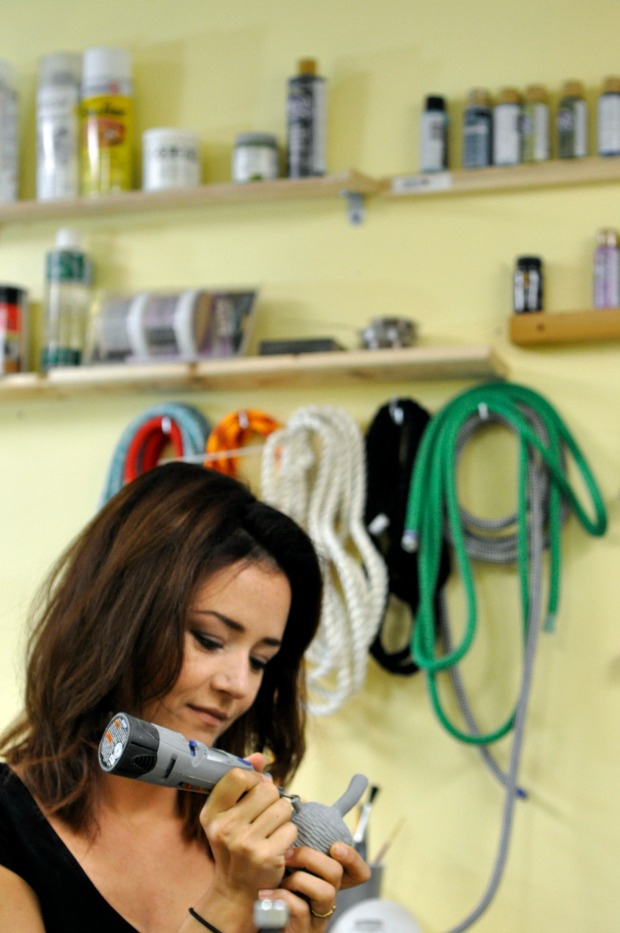
Describe your first experience as a jewelry designer.
After taking a creative hiatus, I began to work again in my studio and I was limited to a few tools and some wood. I began to carve out little rings and wore them around until one day I got picked up by a local gallery. From there on, my business has grown little-by-little.
Creative people all have those days (or weeks!) when we feel lost, unmotivated, or stuck. How do you keep yourself inspired?
Going back to that to-do list, on days where I’m not motivated or mentally drained I will get back into the studio and force myself to knock off a couple of those items that I might not have been able to get to in the last week. I also like to spend time every week researching and looking at what other contemporary artists are doing because sometimes I get stuck in a jewelry-sized mindset and this helps me think outside the box.

